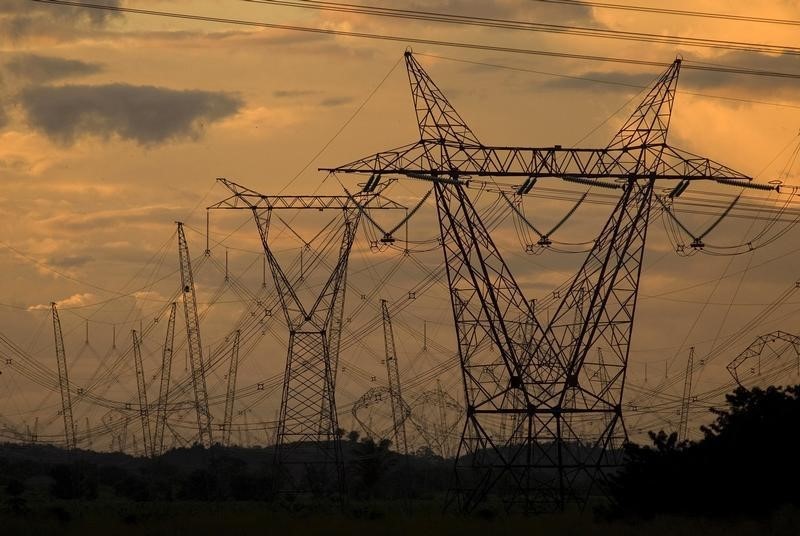By Tim McLaughlin and Laila Kearney
President Donald Trump’s oversight of the United States’ power grid, plagued by unreliability and interdependent issues such as fuel shortages, soaring demand, and increasing frequency of wild weather events, requires swift action. The Trump administration’s National Energy Emergency declaration and executive orders have outlined a long list of interconnected problems with the grid.
Trump’s emergency declaration aims to direct agencies to scour laws and regulations to speed up approval and permitting for projects like transmission lines, overcoming regulatory obstacles that have hindered large-scale projects. The executive orders aim to streamline permitting procedures, which have taken years or even decades.
Experts point out significant challenges, such as the shortage of large electrical transformers and skilled workers, and the US grid’s supply chain is still adjusting to moving away from China. Some doubt that Trump’s executive actions can overcome the entrenched web of local, state, and regional regulators who have strong incentives to limit electric customers’ spending.
Power lines spanning multiple states have repeatedly been blocked due to local resistance to what is seen as unsightly or environmentally worrisome infrastructure projects. Shon Hiatt, Director of USC Marshall’s Business of Energy Transition initiative, noted that Trump’s emergency declaration could be useful for speeding up transmission projects on public lands but that overcoming local and state actors might require congressional action.
The grid’s vulnerability has intensified since Trump’s first term, with booming power demand from data centers, artificial intelligence, and cryptocurrency, as well as manufacturing and electric vehicle adoption. The grid’s capacity of long-distance transmission lines would need to quintuple in the next decade to handle the surge in power demand outlined in the US Energy Department’s latest state of the grid report.
Experts agree that making progress would benefit not just fossil fuel-powered power plants but also renewable energy projects, such as solar and wind farms, which have struggled to access the grid. Luther Gasteiger, Executive Director of WIRES, said the President’s clear message is that it’s time to increase energy production and streamline permitting, leading to faster project approval.

